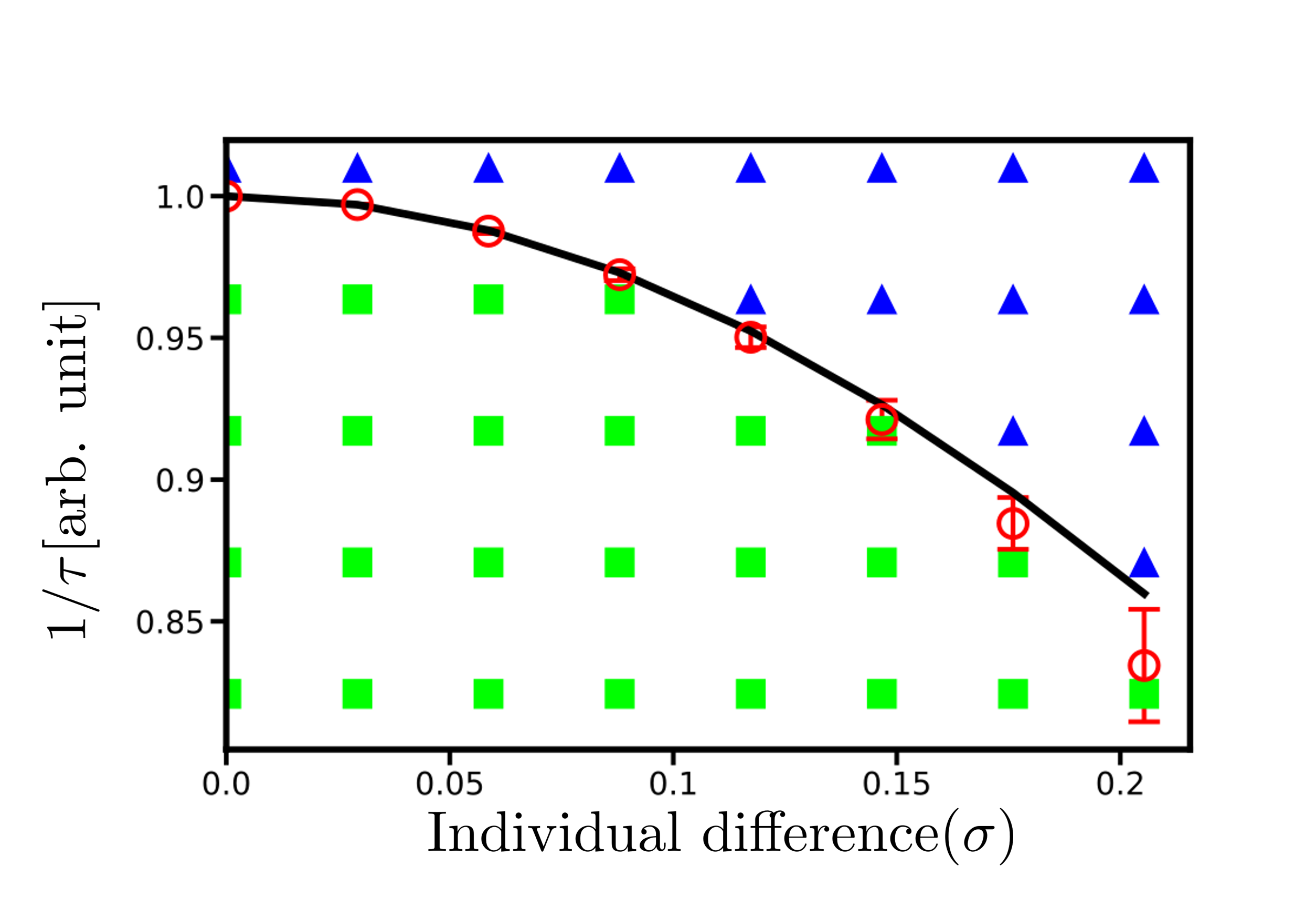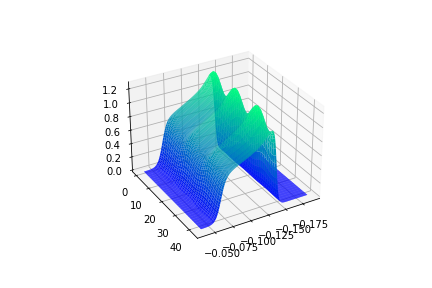My Research focus
Description of my research focus
My research focuses on pattern formation in biological systems. This kind of research emerges from a central question: Why do our biological systems know the pattern they should generate? For instance, why do bacteria choose to form clusters over homogeneous distribution? How do embryonal cells move collectively to differentiate various types of cells? Why don't they move chaotically? In these few years, scientists have built up various models to explain them. For example, the video on the right-hand side is the simulation of an active system. No attractive interaction between particles are applied. Interestingly, clusters are still formed in the system. Such a kind of phase transition is the so-called "Motility induce phase separation." I am interested in uncovering these unclarified physics in biological systems.
Recent Research Topic
These are my recent research topics

Embryo development
Embryo development
TBD
Previous Research Topic
These are my previous research topics

